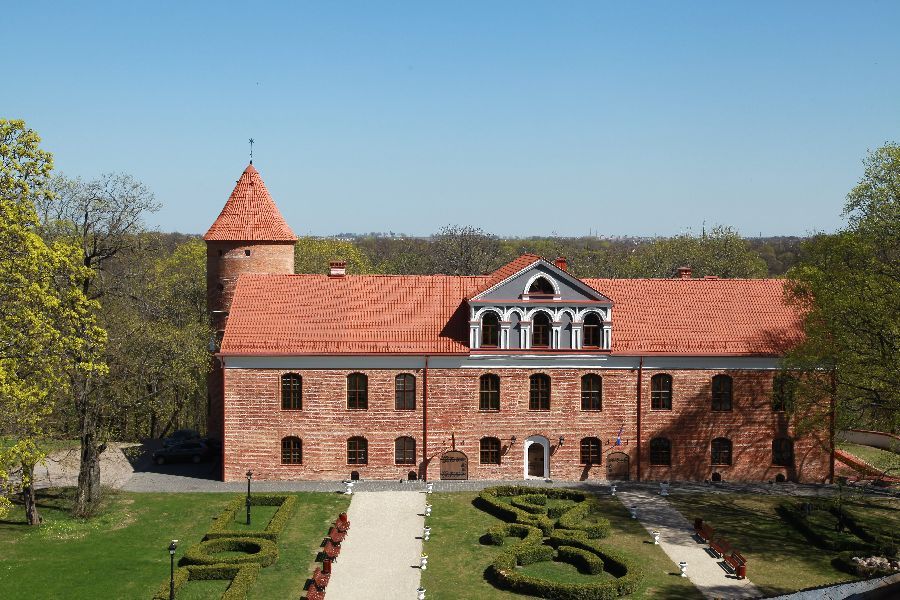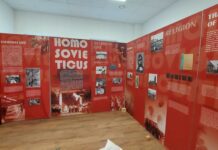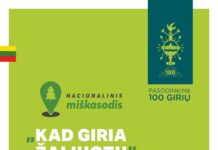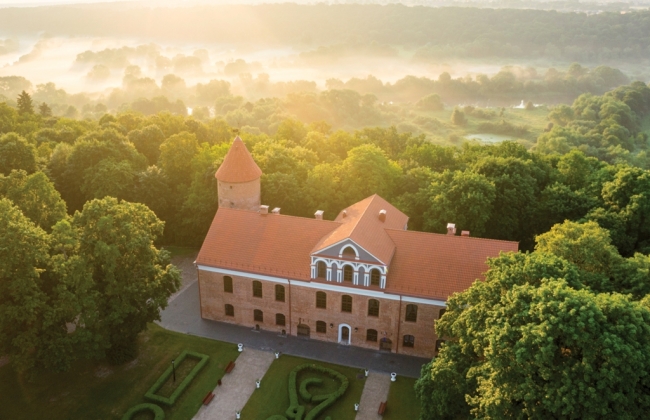
“Red Manor” near Kaunas voted onto Baltic list
Raudondvaris Castle, also referred to as Raudondvaris Manor, is a Gothic–Renaissance gentry residence, located in the town of the same name in Lithuania on the Nevėžis River, 10 km west of Kaunas.
Historically, the castle was first mentioned as a pagan keep by Teutonic chroniclers in 1392. When Samogitia (Žemaitija) was handed over to the Order, the Teutons built the small castle of Koenigsburg on this spot, housing 80 knights and 400 soldiers. The castle was further strengthened and enlarged following the Battle of Grunwald (Žalgirio mūšis). Since then it was the personal property of kings of Poland and the Grand Dukes of Lithuania until 1549, when Sigismund II Augustus donated it (along with the surrounding town) to his wife, queen-consort Barbara Radziwill (Barbora Radvilaitė). Following her death, the red brick-built manor fell into disuse and was sold to the Gintowt-Dziewałtowski family, who sold it back to the mighty Radziwill family soon afterwards.
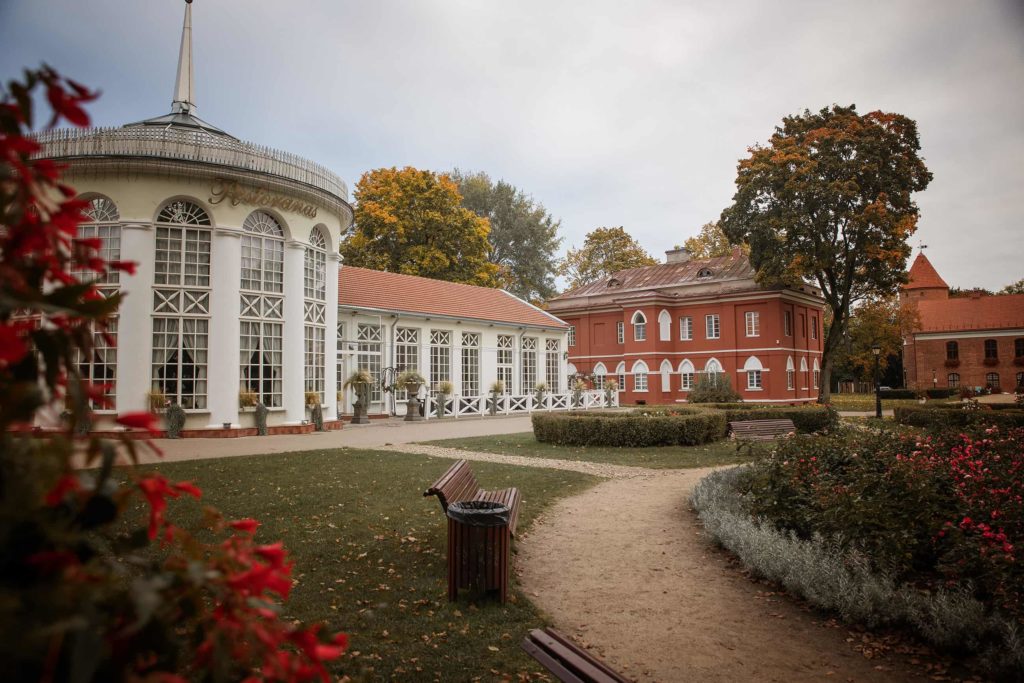
Between 1653 and 1664 Prince Janusz Radziwill (Jonas Radvila) ordered its reconstruction and refurbishment, which gave it its current form. Following his demise, the manor passed from one noble family to another, first the Worłowski, then given to Zabiello family and finally in 1820s it was purchased by Benedykt Tyszkiewicz (Benediktas Tiškevičius). After the November Uprising in 1831, the castle was devastated by the Russian army, however, it was rebuilt soon afterwards. The 1832-1855 renovation gave it the Gothic Revival shape, though some traces of earlier Renaissance and Gothic elements are still visible (particularly the round tower that is thought to be part of the original Teutonic stronghold). The Tiškevičius family held the property until World War I. The manor was known to house that family’s extensive art collection including works by Leonardo da Vinci, Rubens, Caravaggio and Jan Matejko. After the war the manor was confiscated by Lithuanian authorities. The estate was divided onto individual plots, while the manor itself housed a school and then an orphanage.
The manor was badly damaged during World War II, but was rebuilt between 1962-1975. Currently it houses the Lithuanian Institute of Melioration (Lietuvos žemes ūkio inžinierijos institutas), as well as a small museum devoted to both the Tiškevičius family and Lithuanian composer Juozas Naujalis, who was born in the nearby village.
This fall, at a conference held in Sweden on October 6-8, Raudondvaris Castle became a member of the Association of Castles and Museums around the Baltic Sea. A meeting of this association will be held at Raudondvaris in 2022. The organization was formed in 1991 in Poland, with eight other members: Denmark, Estonia, Latvia, Lithuania, Russia, Finland, Sweden and Germany. Currently there are more than 40 castles included in the list. Lithuanian castles on the association’s list are Biržai Castle, Gediminas Castle Tower, Kaunas Castle, Medininkai Castle, Palace of the Grand Dukes of Lithuania, Panemunė Castle, Siesikai Castle, and the Trakai Island and Peninsular Castles.
Information from Wikipedia and Alkas.lt
Photo
